Nick van der Meulen brings us his F1 review Germany 2019, a look back at the rain-soaked race that took place on Sunday.
Interchangeable weather conditions at Hockenheim saw much action on track and resulting in the most surprising result of 2019 thus far. Mercedes benefited from Ferrari’s technical issues in qualifying, but the team (wearing white to celebrate 125 years of motorsport – which is balderdash: Mercedes Benz only came into being in 1926) suffered in the race.
Slow start
The race began under the Safety Car in wet conditions, only to be followed by an announcement of a standing start (!). Both Red Bull Racing entries were compromised at the start, getting bogged down and gobbled up by their competitors. Gasly dropped to the back of the field in a miserable start, but regained ground to a quiet points-scoring position by half distance. He still had issues with grip on track, which finally resulted in a skirmish with Alexander Albon (Toro Rosso) and retirement in the closing stages of the race.
Max Verstappen, on the other hand, turned hardship into triumph: He knuckled down and maintained patience. The team produced a dubious decision when deciding to pit him to switch to slicks – only to put him onto medium slicks in cooler conditions. It resulted in Max spinning on his out lap and he was vocal in his criticism of the call. Nevertheless, the Dutchman kept his head down and, after a number of Safety Car incidents, found himself in the lead. The youngster didn’t need a second invitation and did everything right at every restart (and there were a few) to ensure his second victory of the season and seventh of his career.
Read about a Kiwi hypercar that, its creators say, will be quicker than an F1 car.
Home-turf curse
Mercedes Benz sported white to celebrate their 125 years of motorsport – an interesting PR stunt, as the first Grand Prix was in 1906 and the first Gordon Bennet trophy in 1900. In days of yore (before the world championship began) teams raced in their national colours. Germany raced in white. The reason that they ended up racing in silver later (along with Auto Union) was to save weight when they didn’t paint their cars. Italy ran red (although the colour was allocated to USA in the Gordon Bennet Cup), Great Britain green (British racing green) and France blue. It’s a nice touch that Mercedes ran white in Germany, but the reasoning behind it is inaccurate to say the least.
The team’s race, while beginning well, ended in disaster. Lewis Hamilton led from the start, in wet conditions, and looked to have the race under control. Things turned sour when he ran off at the “Motordrome” (the last two corners) and he missed the pit lane bollard going into the pits to change tyres. He was penalised 5 seconds as a result. The team tried to keep the world champion out for as long as possible to avoid taking the penalty in the pits, but it was unavoidable. The Englishman suffered from tyre issues, as well as a HUGE pirouette at the exit of Turn 1 with 10 laps to go and he came into the pits for another tyre change. Only a post-race penalty for the Alfa Romeo pair allowed Hamilton to score points. Team mate Valtteri Bottas had a solid, if unspectacular race, until his afternoon came to a far more spectacular end when he also spun at the exit of Turn 1 and planted his machine into the wall.
A good end
The Ferrari team has a dismal weekend, however, a good result was achieved for their team leader at home. While showing extreme pace to begin with, both drivers suffered mechanical maladies in qualifying: Sebastian Vettel had a turbo issue on his out lap, the German forced to start last at his home Grand Prix, while Charles Leclerc had a fuel feed issue leading into Q3.
Leclerc looked strong at the start, running in the top five before being vaulted into second place on Lap 28, after creating the “undercut” and passing both Bottas and Verstappen. A lap later, however, found him deposited into the wall at the “Motordrome” and out of the race. Vettel, on the other hand, had a much stronger outing. He may have created havoc in Silverstone, but the four-time world champion showed his mettle on race day at Hockenheim, chipping his way through the field and keeping out of trouble to finish a fine second.
Raging bulls
Squadra Toro Rosso had a great day at the office. Some fine strategic planning by the team at the Safety Car deployment for Leclerc’s retirement saw Daniil Kyvat not pit and run in second place in the closing stages of the race. He was passed on penultimate lap by Vettel, but held on to finish third. Mr Kyvat’s performance earned this reviewer the Driver of the Day (he was third in the F1 DOTD rakings behind Verstappen and Vettel). Alexander Albon also performed well, finishing an excellent sixth.
Kimi Raikkonen (Alfa Romeo) proved to be as feisty as ever, keeping Vettel at bay for much of the race. The Finn was seen to be working hard, running deep on brakes in places in the wet, clearly showing he still has motivation. The Alfa Romeo team was rewarded with a double-points finish, with Kimi finishing seventh and Antonio Giovinazzi eighth, respectively. The stewards were, subsequently, unimpressed with the way the team’s clutches were used at the start of the race and imposed the equivalent of a 10-second stop-and-go penalty to both drivers. It dropped them both out of the top 10 and elevated Hamilton and Robert Kubica (Williams-Mercedes) into the remaining points-scoring positions, respectively. This is the Pole’s first point since his return to the grid, along with Williams’ first for 2019
Also rans
Renault showed promise at Hockenheim this weekend, but also showed some mechanical weakness. Nico Hulkenberg produced a good showing on home turf, but slid into retirement at the “Motordrome” after having run in a strong podium position. He holds the unenviable record of 167 starts with no podium finish: the most in history. Daniel Ricciardo had an engine issue, resulting in retirement.
The same can be said for the McLaren-Renault squad: Lando Norris had a torrid weekend which resulted in loss of power and retirement, while Carlos Sainz had a tough but good day at the office. At one stage, he ran off at the “Motordrome”, dropping down to 14th place, but the Spaniard recovered strongly to finish a brilliant fifth.
Honourable mention
One should also mention Lance Stroll (Racing Point-Mercedes) who produced one of his strongest performances of his F1 career, finishing a fine fourth. He stayed out (with Kyvat) when the Safety Car came out for the Leclerc incident and was in the running for a podium before Vettel thwarted that hope. In the early stages of the race, the Canadian was running at the tail of the field and he continued on doggedly. He and the team were rewarded for his determination. The same could not be said for team mate Sergio Perez. The Mexican spun out in the wet to be listed as the race’s first retirement.
Points earned
After a number of races without scoring, Haas-Ferrari was finally rewarded with two points-scoring positions. Their race was not without incident, however, as the two team mates had a gentle skirmish for position, resulting in contact, yet again.
The team stewards handled situations effectively at Hockenheim. Leclerc’s unsafe release in front of Grosjean was handled well, with the team being fined for the infringement instead of the driver being penalised.
The “Motordrome” claimed a number of victims on race day, namely, Hamilton, Leclerc, Hulkenberg, Sainz and Raikkonen. There was lots of standing water on the tar runoff, followed by kitty litter. Any mistake in that area of the circuit resulted in a severe penalty.
The F1 circus moves to Budapest, Hungary, in a week before the one-month summer break. At the tightest, twistiest circuit behind Monaco, qualifying is of utmost importance.
You can see just some of the race highlights at this link.

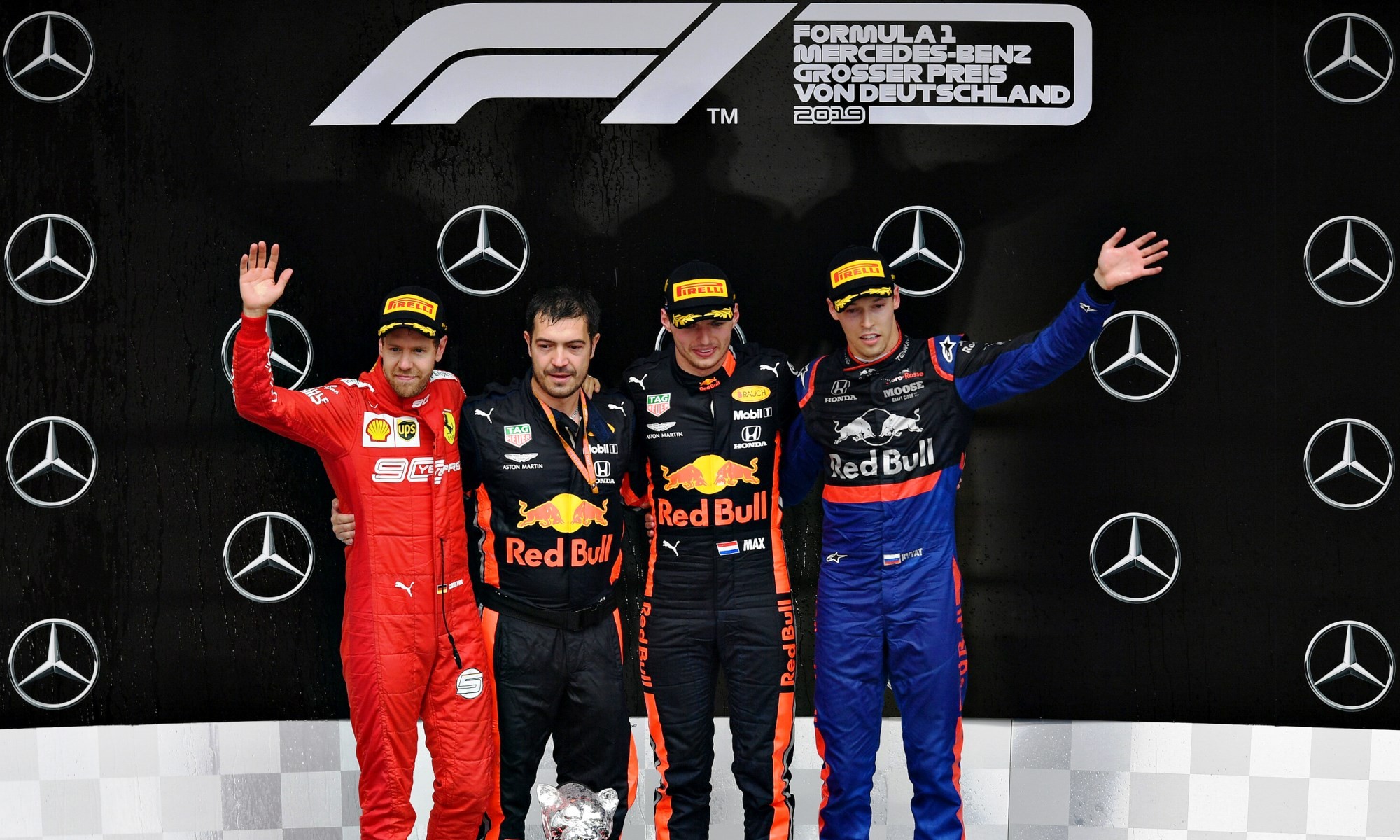
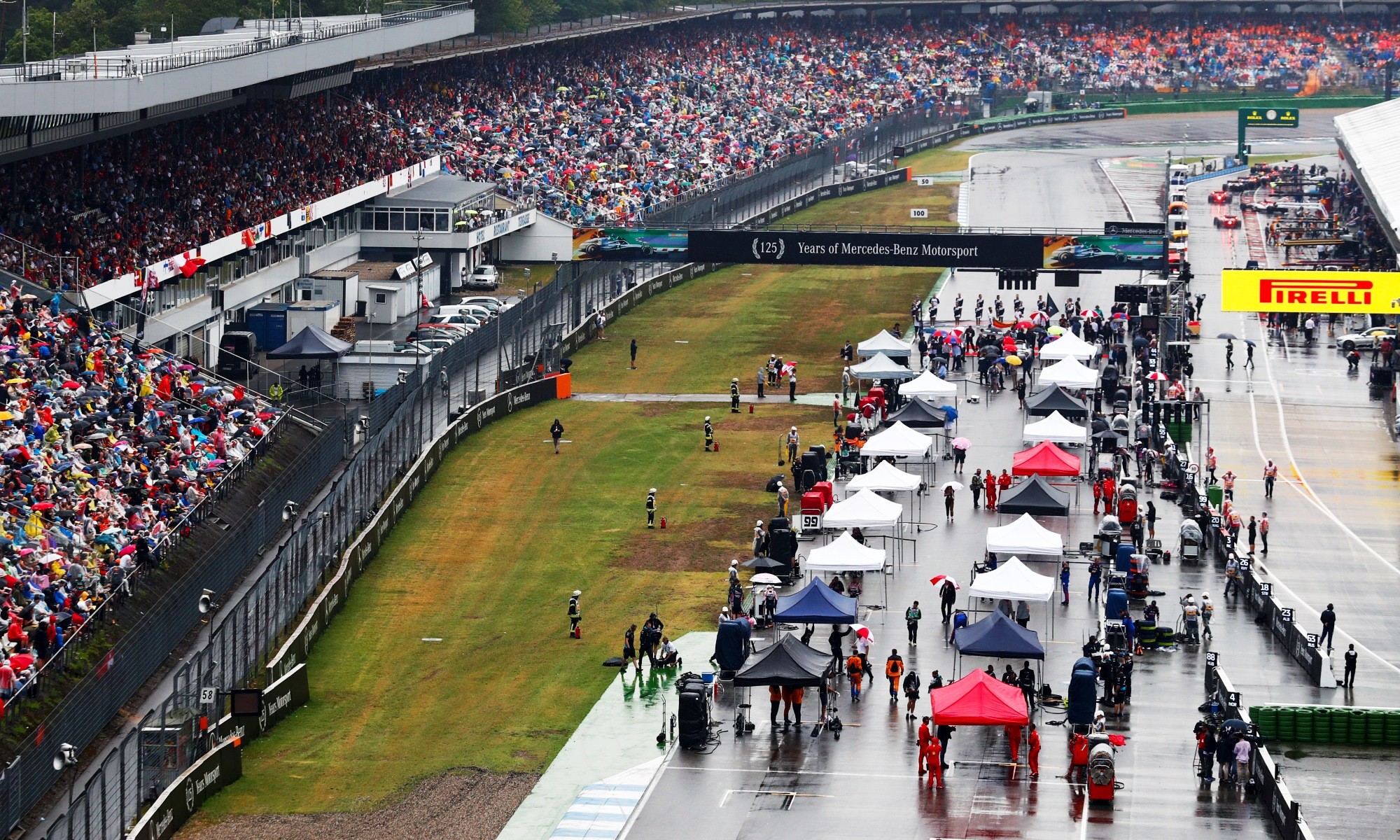
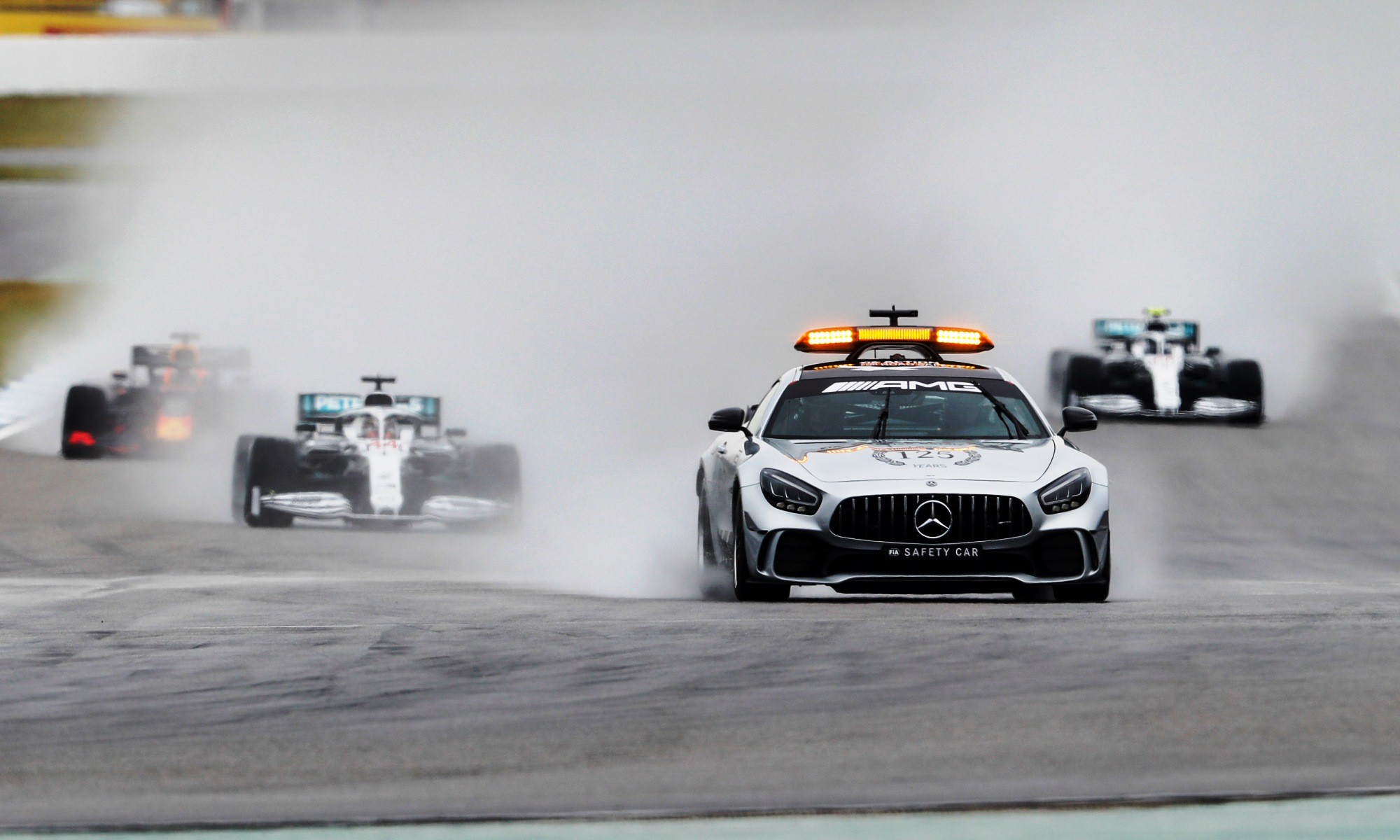



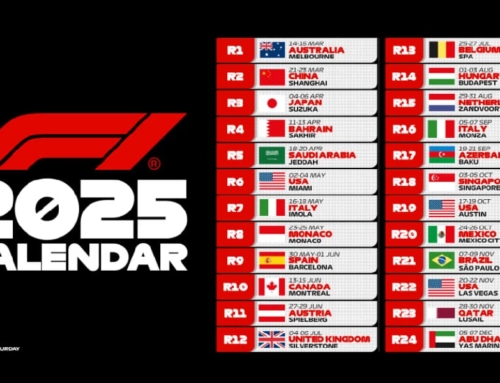
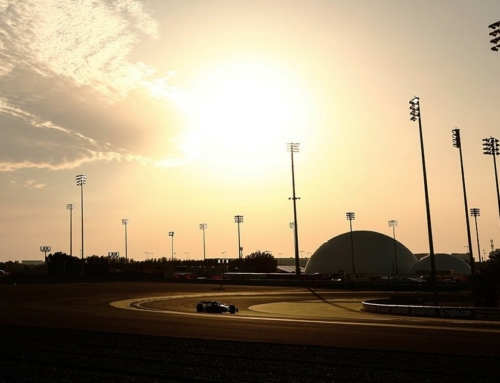
![2024 Formula One Cars [Gallery]](https://doubleapex.co.za/wp-content/uploads/2024/02/mclaren-mcl38-500x383.jpg)

Leave A Comment